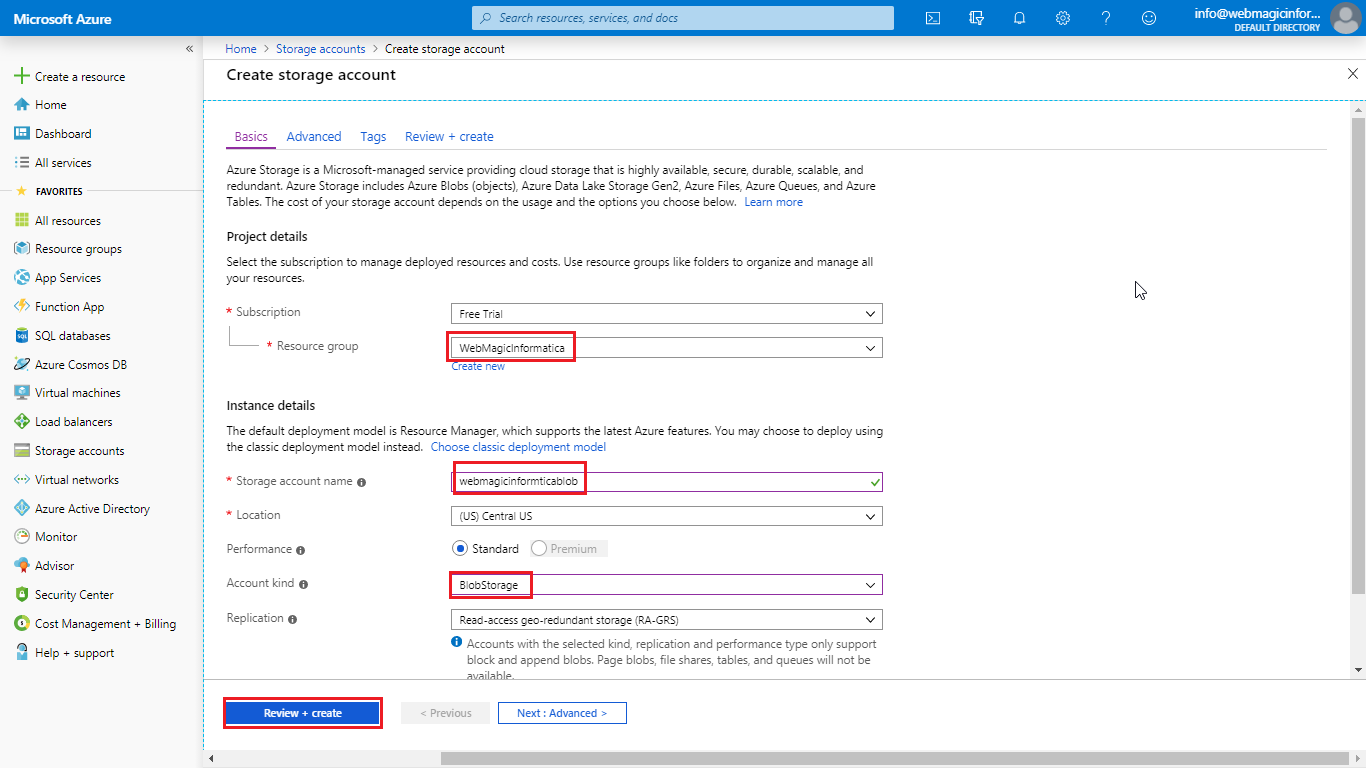

Public async Task Handle(VoteMessage message) Public VoteMessageHandler(VoteDbContext dbContext, ILogger logger) Private readonly VoteDbContext dbContext As you can see it's very straightforward: public class VoteMessageHandler : IHandleMessages () įinally, we need a message handler for our VoteMessage, which is achieved by implementing IHandleMessages and implementing the Handle method. Note that this will actually attempt to start listening on the queue, so if your Storage Queue is inaccessible or your configuration is wrong, you may get an error here (another reason not to put message handlers in the same project as APIs). services.AutoRegisterHandlersFromAssemblyOf() Īgain in Startup.Configure method we need to call UseRebus. It also means that your handler classes can take dependencies on anything that can be resolved from the ASP.NET Core DI container. This will register every class in the assembly that implements IHandleMessages. The easiest way to do this is to tell it to scan an assembly for all handlers with a call to AutoRegisterHandlersFromAssemblyOf.
Azure storage emulator configure how to#
Rebus also needs to know how to create the appropriate handler for each message type. But we do need to tell it which queue to listen for messages on which is provided as an argument to the UseAzureStorageQueues method. Note that we don't need to set up any routing because this project isn't sending any messages.

Transport(t => t.UseAzureStorageQueues(storageAccount, Configuration))) services.AddRebus((configure, provider) => configure And our Startup.ConfigureServices method looks like this. We're referencing the same four NuGet packages. In my very simple example, I'm putting the handlers into an existing ASP.NET Core web API application, although in a production app, I'd want to separate this concern and have a dedicated worker process. In the ASP.NET Core application that handles the messages, the steps are similar. Rebus knows what queue to send it to based on the type of message I'm sending. Routing(r => r.TypeBased().Map(Configuration))Īlso in my Startup.Configure method I added the following call to UseRebus: () įinally, in my controller or Razor page that wants to send the message, I simply take a dependency on, and call the Send method. Transport(t => t.UseAzureStorageQueuesAsOneWa圜lient(storageAccount))

Logging(l => l.MicrosoftExtensionsLogging(provider.GetRequiredService())) Services.AddRebus((configure, provider) => configure var storageAccount = CloudStorageAccount.Parse(Configuration.GetConnectionString("AzureQueues")) In my simple example I have one message called VoteMessage, and I'll send that to a queue name I read out of configuration. I need to pass in a CloudStorageAccount which in development can use the connection string of the Azure Storage Emulator ( UseDevelopmentStorage=true).Īnd I also need to tell it what queues to route different message types to. I'm using UseAzureStorageQueuesAsOneWa圜lient for the transport as this project will only need to send messages, rather than receive them. I'm configuring it to integrate with the ASP.NET Core logging. Next, in Startup.ConfigureServices we'll use the AddRebus method to set up Rebus. In the project that will send messages using Rebus, we'll add references to following NuGet packages in our csproj file:
Azure storage emulator configure free#
And of course by using an abstraction, we are free to change later to a different underlying transport. I'm going to use Azure Storage Queues as the transport as they are (1) very simple and cheap, and (2) have an emulator you can use for local development. In this post, I'll go through the basics of setting up Rebus in ASP.NET Core, where we are going to have one microservice send a message, and another handle those messages. For example, in Azure you could use Azure Service Bus, Azure Storage Queues or Azure SQL Database, and many other "transports" are available. NET that allows you to plug in a few different services as a back-end. In my recent Pluralsight course " Versioning and Evolving Microservices with ASP.NET Core", I built my demos on top on an existing microservices application that had been created as the basis for a Microservices in ASP.NET Core learning path on Pluralsight (which is nearing completion).įor messaging between microservices, this application used Rebus which is a very simple service bus implementation in.


 0 kommentar(er)
0 kommentar(er)
